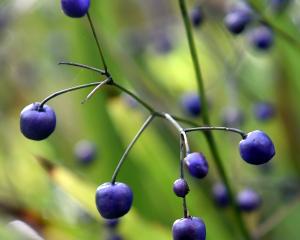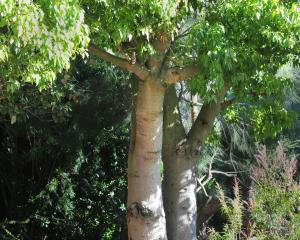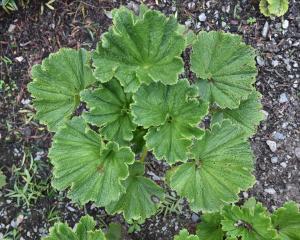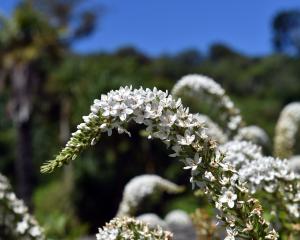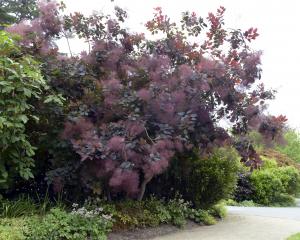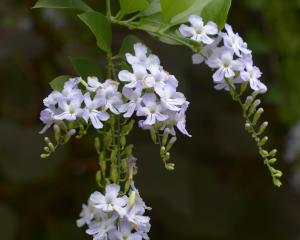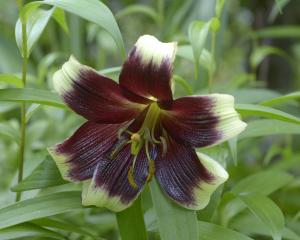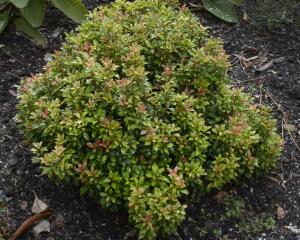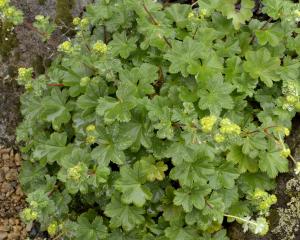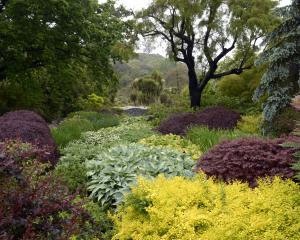The crushed foliage has a much more pleasing aroma, and I don't have to like it merely because it's "good for you".
There is only a handful of species in the genus Phyllocladus. All are native to the Pacific region. They are evergreen trees or shrubs, and have berry-like cones, slotting them into the division of conifers.
The casual observer would have no reason to suspect that the foliage is anything but thick leathery leaves. They are, in fact, small flattened branches called cladodes or phylloclades, which are comparable to the shape of celery leaflets.
Phyllocladus alpinus is New Zealand's native mountain toatoa. It is a shrub or small tree 2-10m tall which grows naturally in sub-alpine and mountain forests and scrub, sometimes down to sea level. It is slow-growing, making it a good specimen in a shrub border, often staying as a large shrub.
A beautiful blue-leaved form of the toatoa, Phyllocladus alpinus `Cockaynes Blue', is much smaller and more slowly growing, making it ideal for the front of a shrub border or in a rockery. It will grow in sun or shade as long as the soil does not become too dry.
Leonard Cockayne (1855-1934) was a botanist and horticulturist who was well known for his achievements in the study of New Zealand native flora.
P. `Cockaynes Blue' can be seen in the dwarf conifer cultivar collection in the lower botanic garden.
• Robyn Freeth is the rock, water and alpine collection curator at Dunedin Botanic Garden.

